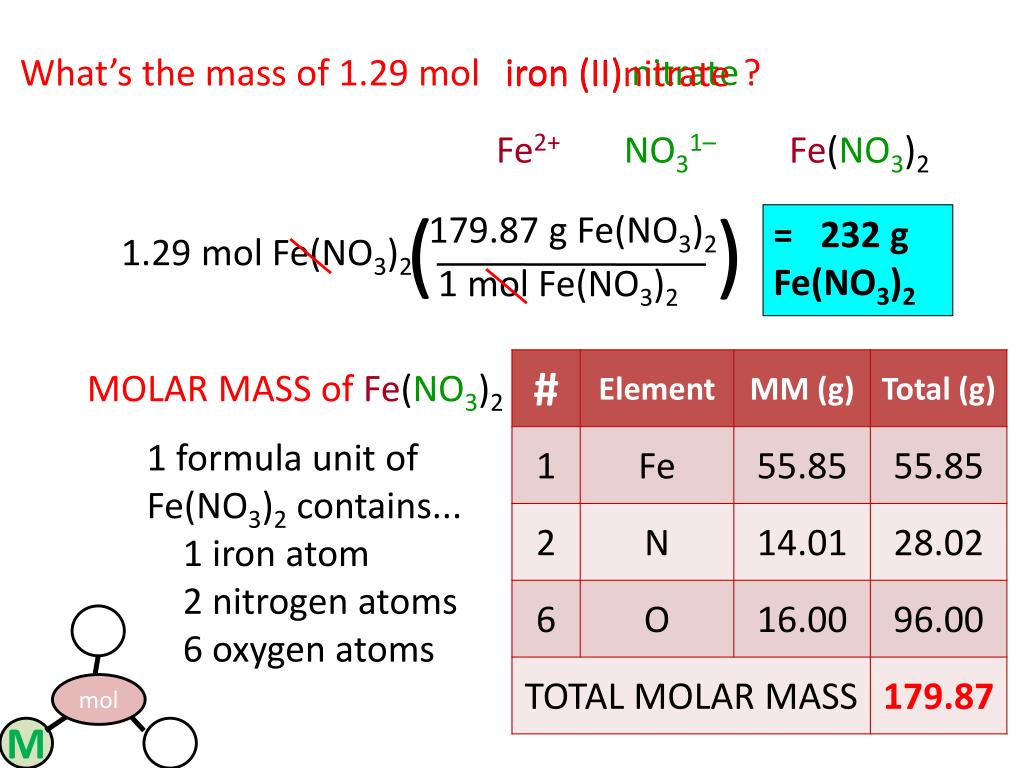Homogeneous Mixture Vs Heterogeneous Mixture

The distinction between homogeneous and heterogeneous mixtures is a fundamental concept in chemistry, pivotal for understanding the composition and properties of various substances we encounter in everyday life and in industrial applications. A mixture, by definition, is a physical blend of two or more substances, where each substance retains its chemical properties. The key difference between homogeneous and heterogeneous mixtures lies in the uniformity of their composition and the size of the particles that constitute them.
Understanding Homogeneous Mixtures

A homogeneous mixture, also known as a solution, is characterized by its uniform composition and properties throughout. In a homogeneous mixture, the particles of the constituent substances are molecularly or atomically dispersed, meaning they are mixed at a molecular or atomic level. This results in a consistent concentration of particles throughout the mixture, giving it a uniform appearance and properties. Examples of homogeneous mixtures include air, which is a mixture of gases such as nitrogen, oxygen, carbon dioxide, and others, and seawater, which is a mixture of water and various dissolved salts and minerals. Another classic example is sugar dissolved in water, where the sugar molecules are dispersed among the water molecules, creating a uniform solution.
Characteristics of Homogeneous Mixtures
Homogeneous mixtures have several distinct characteristics: - Uniform Composition: The composition of a homogeneous mixture is the same throughout. - Uniform Properties: The physical properties, such as color, density, and boiling point, are uniform throughout the mixture. - Particle Size: The particles of the constituent substances are molecularly or atomically dispersed, typically smaller than 1 nanometer. - Separation: The components of a homogeneous mixture cannot be separated by filtration or settling, as the particles are too small and evenly distributed.
Understanding Heterogeneous Mixtures

A heterogeneous mixture, in contrast, is characterized by its non-uniform composition and properties. In a heterogeneous mixture, the particles of the constituent substances are not molecularly or atomically dispersed but instead exist in larger chunks or phases. This results in a mixture that has different concentrations of particles in different parts, giving it a non-uniform appearance and properties. Examples of heterogeneous mixtures include suspensions like mud in water, where the particles of mud are visible and can settle over time, and colloids like milk, where tiny fat droplets are dispersed throughout the water but can be seen upon close inspection.
Characteristics of Heterogeneous Mixtures
Heterogeneous mixtures have several key characteristics: - Non-Uniform Composition: The composition of a heterogeneous mixture varies from one part to another. - Non-Uniform Properties: The physical properties can differ significantly across the mixture. - Particle Size: The particles of the constituent substances are larger than in homogeneous mixtures, often visible to the naked eye or with a microscope. - Separation: The components of a heterogeneous mixture can be separated by physical means such as filtration, settling, or centrifugation due to the larger particle size.
Key Points
- A homogeneous mixture has a uniform composition and properties throughout, with particles dispersed at a molecular or atomic level.
- A heterogeneous mixture has a non-uniform composition and properties, with particles existing in larger chunks or phases.
- The distinction between homogeneous and heterogeneous mixtures is crucial for understanding and predicting the behavior of various substances in chemistry and everyday applications.
- The particle size and distribution are key factors in determining whether a mixture is homogeneous or heterogeneous.
- The separation of components in a mixture is influenced by its homogeneity or heterogeneity, with homogeneous mixtures requiring more complex methods for separation.
Understanding the difference between homogeneous and heterogeneous mixtures is essential for various applications in science, technology, and industry. It helps in the preparation, analysis, and utilization of mixtures, ensuring the desired properties and performance of the final product. Whether it's the development of new materials, the optimization of industrial processes, or the understanding of natural phenomena, recognizing the nature of mixtures as homogeneous or heterogeneous is a fundamental step.
| Mixture Type | Characteristics | Examples |
|---|---|---|
| Homogeneous | Uniform composition, uniform properties, particles dispersed at a molecular or atomic level | Air, seawater, sugar solution |
| Heterogeneous | Non-uniform composition, non-uniform properties, particles in larger chunks or phases | Mud in water, milk, oil and water mixture |

The concept of homogeneous and heterogeneous mixtures also extends into our daily lives, influencing how we perceive and interact with the world around us. From the food we eat to the materials we use, understanding the nature of mixtures can provide insights into their quality, stability, and usability. As such, the distinction between homogeneous and heterogeneous mixtures is not just a theoretical concept but a practical tool with wide-ranging implications.
What is the primary difference between a homogeneous and a heterogeneous mixture?
+The primary difference lies in the uniformity of their composition and the size of the particles. Homogeneous mixtures have a uniform composition and properties throughout, with particles dispersed at a molecular or atomic level, while heterogeneous mixtures have a non-uniform composition and properties, with particles existing in larger chunks or phases.
Can a mixture be both homogeneous and heterogeneous at the same time?
+No, a mixture is either homogeneous or heterogeneous based on its composition and the size of its particles. However, some mixtures can exhibit properties of both under different conditions or scales of observation, but fundamentally, they are classified as one or the other.
How do the properties of homogeneous and heterogeneous mixtures affect their applications?
+The properties of homogeneous and heterogeneous mixtures significantly influence their applications. Homogeneous mixtures, due to their uniform properties, are often used in applications requiring consistency and predictability, such as in pharmaceuticals and electronics. Heterogeneous mixtures, with their non-uniform properties, are used in applications where the distinct properties of the components are beneficial, such as in construction materials and food products.
In conclusion, the distinction between homogeneous and heterogeneous mixtures is a cornerstone of chemistry, underpinning our understanding of the physical world and guiding the development of new technologies and products. By recognizing and applying the principles of mixtures, we can better navigate the complex world of substances and materials, fostering innovation and advancement in various fields.



